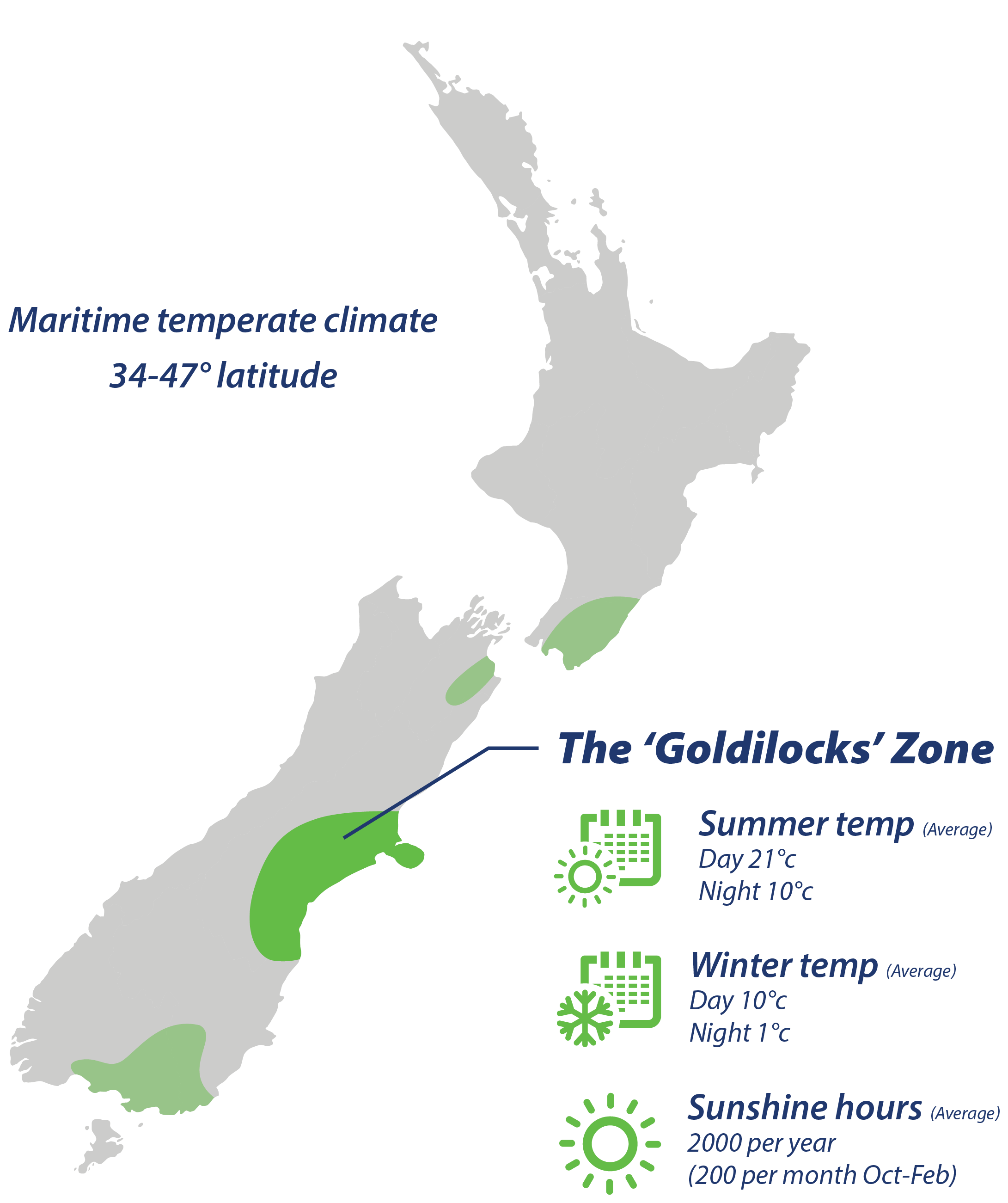NZ Environment
New Zealand is a maritime temperate climate in the South Pacific Ocean with cool, but not continental, winters and warm summers.
The Canterbury Plains in New Zealand are world-renowned for specialised small seed production.
Situated on the eastern South Island, the Canterbury Plains have a temperate climate well suited to the production of many small seeds. Highly efficient irrigation systems and rich, fertile soils ensure not only high physical quality of the seed produced, but reliable and highly productive yields.
The Plains have a unique growing season influenced by the Southern Alps, the large mountain range to the west. While providing a spectacular backdrop, the Alps play a pivotal role in the summer months. They form a natural barrier; rain falling on the alps and warm winds travelling across the plains combine to create a natural drying environment, which reduces moisture levels of the maturing seed crops making for the perfect growing and harvesting environment.
The average summer daytime temperature is around 21°C and night temperatures vary between 12°C and 15°C. Winter daytime temperatures are between 12°C and 14°C with nights falling to lows of -5°C in the cold winter periods. The region experiences several days above 30°C in the summer and approximately 20 days of ground frost per month in June-August. Sunshine hours average approximately 2,000 hours per year and 200 hours per month from October – February.
This weather pattern means enough cold weather to vernalise autumn-sown plants where necessary and sufficient heat and sunshine for spring plantings to produce seed in 90-120 days.
Growing in New Zealand






